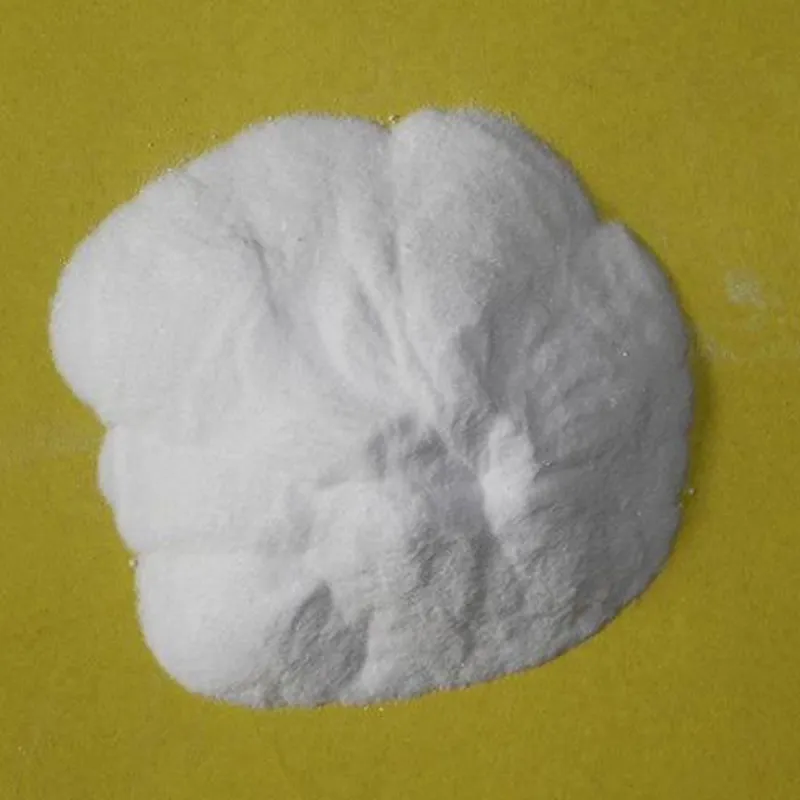
butadiene acrylonitrile rubber
Butadiene Acrylonitrile Rubber Properties, Applications, and Future Trends
Butadiene acrylonitrile rubber, commonly known as nitrile rubber (NBR), is a synthetic rubber copolymer derived from the polymerization of butadiene and acrylonitrile. This versatile elastomer has gained widespread acclaim for its excellent resistance to oil, fuels, and chemicals, making it a preferred choice in numerous industrial applications. As we delve deeper into the properties, applications, and future trends associated with NBR, we can better appreciate its significance in today’s advanced materials landscape.
Properties of Butadiene Acrylonitrile Rubber
The properties of NBR are predominantly dictated by its chemical composition and the ratio of butadiene to acrylonitrile. Generally, higher acrylonitrile content results in improved oil resistance but can decrease the rubber's flexibility and low-temperature performance. Conversely, a higher butadiene content enhances elasticity and low-temperature flexibility. This tunability allows manufacturers to tailor NBR for specific applications, achieving the required balance between flexibility and chemical resistance.
In terms of mechanical properties, NBR exhibits remarkable tensile strength, tear resistance, and abrasion resistance. It also demonstrates good resilience, which is essential for applications involving dynamic motion. Moreover, NBR retains its performance characteristics across a wide temperature range, typically from -40°C to 120°C. However, it is important to note that NBR is not suitable for use in ozone-rich environments or in applications requiring high levels of compression set resistance.
Applications of Butadiene Acrylonitrile Rubber
The unique properties of NBR make it ideal for a variety of applications across different sectors. One of the primary industries utilizing NBR is the automotive sector, where it is employed in the manufacturing of fuel hoses, seals, gaskets, and O-rings. Its exceptional oil resistance ensures that these components function effectively even in harsh conditions.
butadiene acrylonitrile rubber

In the industrial sector, NBR is used for producing conveyor belts, rollers, and protective coverings. These applications capitalize on the rubber’s durability and resistance to wear and tear. Additionally, NBR is commonly used in the production of gloves, particularly in the medical field, where its resistance to various chemicals and ability to provide a secure grip are paramount.
Moreover, NBR is increasingly being used in the aerospace and oil industries. In aerospace, it serves as a reliable material for seals and gaskets due to its ability to withstand extreme temperatures and pressures. In the oil and gas industry, NBR’s resistance to various hydrocarbons makes it essential for wellhead seals and pipeline insulation.
Future Trends
The future of nitrile rubber looks promising, especially with the growing emphasis on sustainability and innovation in material science. Researchers are exploring bio-based feedstocks and eco-friendly manufacturing processes to reduce the environmental impact associated with traditional NBR production.
Furthermore, advancements in compounding technologies are leading to the development of specialty NBR grades with enhanced properties, such as improved flame resistance, better aging stability, and increased resilience. The integration of nanotechnology in NBR production could also pave the way for stronger, lighter, and more durable rubber products.
In conclusion, butadiene acrylonitrile rubber stands as a vital material in a multitude of industries, celebrated for its outstanding properties and versatility. As the demand for high-performance elastomers continues to rise, NBR's adaptability and strength confirm its relevance in both current and future applications. With innovations on the horizon, the potential for NBR extends beyond traditional uses, promising to revolutionize various sectors while aligning with global sustainability goals.
-
Understanding Synthetic Rubber OptionsNewsApr.27,2025
-
Trichloroisocyanuric Acid: Essential for Clean and Safe WaterNewsApr.27,2025
-
Sodium Dichloroisocyanurate: Key to Safe Water TreatmentNewsApr.27,2025
-
Sodium Acid Pyrophosphate: Essential in Modern Food ProcessingNewsApr.27,2025
-
Essential Water Treatment ChemicalsNewsApr.27,2025
-
Denatured Alcohol and Its Industrial UsesNewsApr.27,2025
-
The Versatile Uses of Sodium BicarbonateNewsApr.24,2025
Hebei Tenger Chemical Technology Co., Ltd. focuses on the chemical industry and is committed to the export service of chemical raw materials.
-

view more DiethanolisopropanolamineIn the ever-growing field of chemical solutions, diethanolisopropanolamine (DEIPA) stands out as a versatile and important compound. Due to its unique chemical structure and properties, DEIPA is of interest to various industries including construction, personal care, and agriculture. -

view more TriisopropanolamineTriisopropanolamine (TIPA) alkanol amine substance, is a kind of alcohol amine compound with amino and alcohol hydroxyl, and because of its molecules contains both amino and hydroxyl. -

view more Tetramethyl Thiuram DisulfideTetramethyl thiuram disulfide, also known as TMTD, is a white to light-yellow powder with a distinct sulfur-like odor. It is soluble in organic solvents such as benzene, acetone, and ethyl acetate, making it highly versatile for use in different formulations. TMTD is known for its excellent vulcanization acceleration properties, which makes it a key ingredient in the production of rubber products. Additionally, it acts as an effective fungicide and bactericide, making it valuable in agricultural applications. Its high purity and stability ensure consistent performance, making it a preferred choice for manufacturers across various industries.











